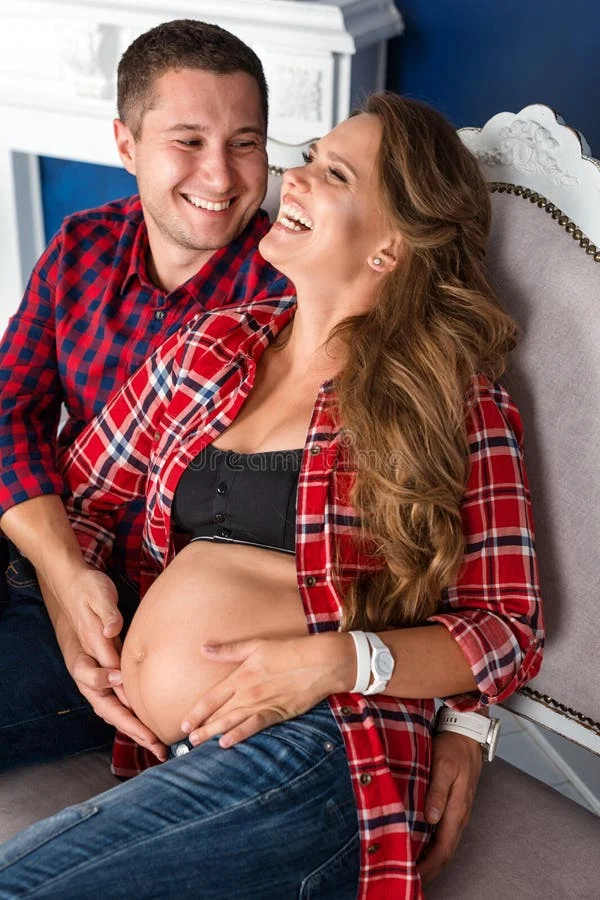As a physician, I often reflect on the diverse cultural backgrounds of my patients. Growing up in a Cuban household within the vibrant community of Miami during the 1980s, I experienced a world rich in traditions, music, and food that shaped my identity. In contrast, my partner, Daniel, grew up in a suburban neighborhood, far removed from the cultural tapestry that defined my early years. While I immersed myself in the rhythms of salsa and the humor of iconic Cuban comedians, Daniel’s childhood was colored by the sounds of classic rock and folk music.
Now, as I navigate parenthood, I ponder how these cultural influences will be passed on to our children. They live in a charming two-story home in the suburbs, engaged in soccer and swim lessons amid the tranquility of a deer-populated neighborhood. Yet, I wonder how much they will understand their heritage. Will they embrace the traditions that have shaped our lives? What will they know about their cultural DNA?
One glaring shortcoming is their inability to speak Spanish. My upbringing required bilingualism, as my community thrived on Spanish communication. In contrast, Daniel, who speaks little to no Yiddish, remains distanced from the historical struggles of his ancestors. This disconnect puzzles me, especially since my family’s journey to America is still fresh in my mind. We were among the first generations to engage with American society, forging a community that retained its cultural essence while adapting to a new landscape.
I envision Daniel’s Jewish ancestors, embarking on a challenging journey from Eastern Europe to Ellis Island, filled with hope and uncertainty. They arrived in a new land with little but dreams, yet their cultural identity was preserved through food, music, and community gatherings. My own experience in Miami was different but equally rich, filled with boisterous celebrations and culinary traditions that defined our holidays. Unlike the traditional Christmas ham, our festivities featured a whole roasted pig, with the aroma of garlic and citrus wafting through the kitchen, bringing the family together.
Despite the expectations of higher education, my peers and I often found ourselves living at home, an experience that blurred the lines between adolescence and adulthood. This fusion of cultural legacies and new American experiences created a unique environment for us, where we sometimes felt isolated, yet often found camaraderie with others sharing similar backgrounds.
For my children, their cultural identity will evolve from their experiences as they grow up with a Cuban-American mother and a Jewish-American father. We aim to ensure they appreciate their heritage while navigating a world that demands adaptation. It is essential for them to recognize the significance of their roots, to find a connection to their cultural DNA, and to understand the sacrifices made by previous generations.
If you’re interested in exploring more about home insemination and parenting, check out this insightful article. For a comprehensive resource on pregnancy and home insemination, visit IVF Babble, an excellent platform for aspiring parents. Additionally, Make a Mom is a trusted source for home insemination kits.
In conclusion, while the journey of cultural inheritance may be fraught with challenges, it is also filled with opportunities for connection and growth. My hope is that my children will carry forward the threads of their heritage, weaving them into the fabric of their own identities.
